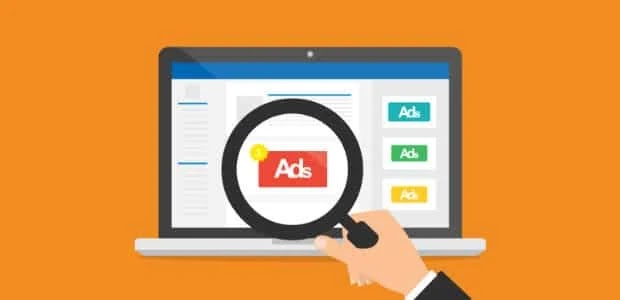Monetizing your website through Google AdSense can be a lucrative way to generate revenue from your content. AdSense allows you to display ads on your site and earn money when visitors view or click them. This guide will walk you through the steps to set up AdSense for your website effectively.
Step 1: Prepare Your Website
Before applying for AdSense, ensure your website meets Google's eligibility criteria. Here are some key points to consider:
1. Original Content: Your website should have high-quality, unique content. Avoid plagiarized or copied material.
2. Content Quantity: Have a sufficient amount of content. While there's no official minimum, aim for at least 15-20 well-written articles or pages.
3. Navigation and Design: Your site should have a clean, user-friendly design with easy navigation. Ensure all pages are accessible.
4. Privacy Policy and About Page: Include a privacy policy, an about page, and a contact page. This demonstrates transparency and trustworthiness.
5. Traffic: While not a strict requirement, having some consistent traffic can help in the approval process.
Step 2: Create a Google AdSense Account
1. Sign Up: Go to the Google AdSense website and click on the "Get Started" button.
2. Google Account: Sign in with your Google account. If you don’t have one, create a new Google account.
3. Website Information: Enter the URL of your website and select your content language.
4. Contact Information: Provide your contact details accurately. Google will use this information to verify your identity and send payments.
Step 3: AdSense Approval Process
Once you've submitted your application, Google will review your website. This process can take anywhere from a few days to a few weeks. During this time, ensure that:
- Your content remains original and updated.
- Your website is accessible and not undergoing major changes.
- You follow all AdSense Program Policies.
Step 4: Set Up AdSense on Your Website
After your account is approved, follow these steps to implement AdSense on your site:
1. Log In: Sign in to your AdSense account.
2. Get Ad Code:
- Go to the "Ads" section and click on "By ad unit."
- Choose the ad type (e.g., Display ads, In-feed ads, In-article ads).
- Customize the ad unit’s style to match your website’s design.
- Click "Save and get code" to generate the ad code.
3. Place Ad Code on Your Website:
- Copy the ad code provided by AdSense.
- Paste the ad code into the HTML of your website where you want the ads to appear. This can be done manually or by using a CMS plugin (e.g., for WordPress, use a plugin like "Ad Inserter" or "Advanced Ads").
Step 5: Optimize Your Ad Placement
1. Test Different Placements: Experiment with different ad placements to find the most effective spots. Common high-performing areas include within the content, sidebar, and header.
2. Responsive Ads: Use responsive ad units to ensure ads look good on all device types, including mobile phones and tablets.
3. Monitor Performance: Regularly check your AdSense dashboard for performance metrics. Use the data to tweak ad placements and styles for better results.
Step 6: AdSense Policies and Best Practices
1. Policy Compliance: Always adhere to AdSense policies to avoid account suspension. This includes avoiding click fraud and ensuring your content meets Google's guidelines.
2. Content Updates: Keep your content fresh and engaging to attract and retain visitors.
3. Ad Balance: Strike a balance between ad placements and user experience. Overloading your site with ads can drive visitors away.
Step 7: Track Your Earnings
AdSense provides detailed reports on ad performance and earnings. Regularly review these reports to understand which ads are performing well and to make informed decisions about ad placements and content strategies.
Example: AdSense in Action
For a practical example of AdSense in action, visit Dice Institute. This website has successfully integrated Google AdSense, demonstrating how ads can be seamlessly incorporated into your site design while generating revenue.
Conclusion
Setting up Google AdSense for your website can be a straightforward process if you follow these steps carefully. Ensure your website is ready with quality content and a user-friendly design, apply for an AdSense account, and strategically place your ads to optimize earnings. By adhering to AdSense policies and continuously optimizing your ad strategy, you can effectively monetize your website and generate a steady stream of revenue.














0 Comments